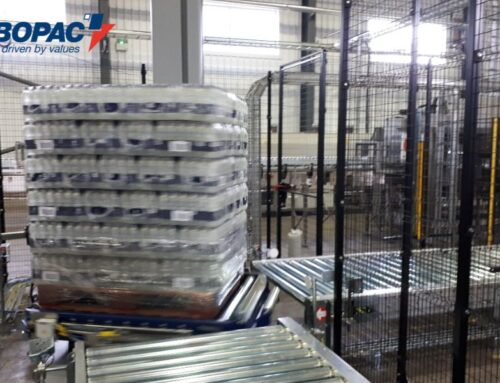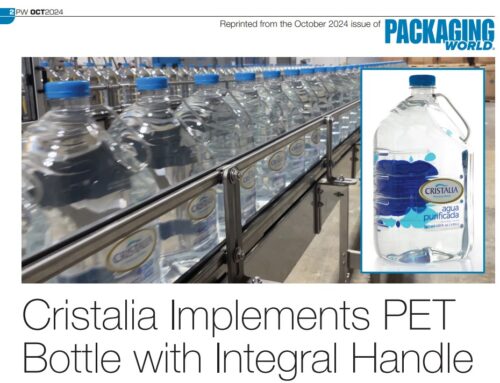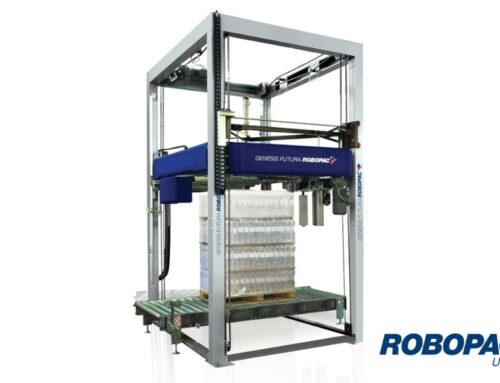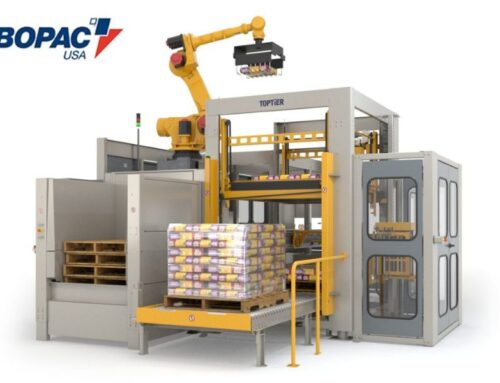Packaging significantly influences the first impression of every product you ship. The design of your packaging, the materials you use, and the condition your packaging is in all speak volumes about the products inside.
A well-thought-out package not only protects your products but also attracts the eyes and interests of potential customers. Whether it’s a sleek design that exudes luxury or an eco-friendly wrap that signals sustainability, packaging plays a pivotal role in shaping consumer perceptions and driving purchasing decisions.
The more you invest in consistent, efficient, and high-quality packaging solutions, the more you invest in the quality of your products and the impression you leave on customers. Learn more about the impact poor packaging can have on your business and see how you can implement and maintain top-notch packaging solutions for your products.
The Significance of Packaging
Packaging does more than simply encase your products; it serves as a vital component of your marketing strategy. Imagine buying a smartphone and receiving it in a flimsy, unattractive box. Packaging like that gives the impression of a cheap, unreliable product within. That’s why both the primary and secondary packaging should reflect the essence of your brand and the quality of your products.
Packaging Protects Products
The primary function of packaging is to protect products during transit and storage. Good packaging ensures that items reach customers in perfect condition, while poor packaging can lead to damages, loss, and customer dissatisfaction. If your product load shows up at a store as a broken, crushed pallet, you will have wasted money on lost products, disappointed customers, and created frustration among your distributors.
In addition to product loss, poor packaging can put employees and users at risk. Weak stretch wrapping, uneven pallet loads, and other poor packaging techniques can lead to sharp corners, unstable pallets, and other dangers that create safety risks for everyone in your supply chain.
The Hidden Costs of Poor Packaging
While investing in quality packaging might seem costly, skimping on this component can lead to expenses you never anticipated. Poor packaging often results in increased product damage during transit, leading to higher return rates and lost sales. Imagine a customer receiving a damaged product—not only do you lose that sale, but you also risk losing that customer’s future business.
Furthermore, the cost of handling returns and reshipping replacements adds up quickly. Add to this the potential decrease in customer satisfaction, as buyers are less likely to return if their initial experiences are marred by poor packaging. Additionally, environmentally irresponsible packaging can incur hidden costs through potential fines or penalties, as regulations around sustainable practices tighten globally.
Impact on Brand Reputation
Poor packaging can also impact your business’s reputation. After all, packaging is a reflection of your brand’s identity. If customers associate your brand with cheap-looking or inadequate packaging, they might perceive your products as inferior, regardless of their actual quality.
Even worse, a poor packaging experience can result in long-term damage to your brand’s image. If the packaging fails to protect the products, customers are likely to voice their displeasure online. Negative reviews can spread quickly on social media and e-commerce platforms, damaging your brand’s reputation and deterring potential buyers.
The Environmental Aspect
With growing awareness around environmental issues, consumers are increasingly prioritizing sustainability. Packaging plays a crucial role in this shift toward eco-conscious consumption. Businesses that fail to adapt to this trend risk alienating environmentally conscious consumers.
Non-recyclable, wasteful packaging is not only harmful to the planet but also detrimental to your brand’s image. Consumers are quick to call out businesses that don’t align with their values, especially when it comes to sustainability. By opting for smart, efficient, and eco-friendly packaging solutions, your company can not only reduce its environmental footprint but also appeal to a broader audience that values green practices.
Signs of Poor Packaging
How can you tell if a packaging solution is right for your products? There are a few key indicators you can use to determine whether your packaging processes are cost-effective. The size of your packaging, the materials you use, and the level of consistency in your packaging line all affect the overall quality of your process.
Improper Package Sizes
Improper package sizing is a common pitfall that can lead to a host of problems. When products don’t fit their packaging correctly, they’re prone to movement during transport, increasing the risk of damage.
A package that’s too large not only requires more material but also costs more to ship, impacting your bottom line. It also leaves room for the product to shift and move around, increasing the chances of product damage during transit. On the flip side, packaging that’s too small can crush or distort the products, rendering them unsellable. Packaging needs to be just right to avoid these issues and ensure products arrive safely.
Poor-Quality Materials
Your choice of packaging materials is also crucial. High-quality materials provide the necessary protection against external forces during shipping and handling. Conversely, poor-quality materials can leave products exposed to potential damage. Thin cardboard, weak adhesives, and subpar plastics may not withstand the rigors of transportation. Investing in durable, reliable materials might seem costly upfront, but it saves you money in the long run by reducing product returns and maintaining customer trust.
Lack of Consistency
Inconsistency in packaging often stems from manual processes, which are prone to human error. Without a standardized workflow, mistakes like unbalanced pallets, incorrectly labeled product loads, and improper containment force are more likely. Such errors can lead to product damage, dissatisfied customers, and other costly issues.
Consistent packaging is essential for maintaining quality control and ensuring every product leaving your facility meets the same high standards, giving customers a reliable and satisfying experience.
Automation Can Help
Automating your packaging process is the best way to ensure quality and consistency. Automated packaging equipment solutions offer precision and speed to improve consistency, efficiency, and productivity throughout your packaging line. These systems are designed to handle repetitive tasks with accuracy, ensuring each package is sealed, stacked, and wrapped correctly.
Automation not only improves the packaging process but also protects workers by minimizing the need for manual, repetitive work, which can lead to injuries. Additionally, automated systems can be tailored to your specific needs, providing flexibility and scalability as your business grows.
Improve Product Packaging With Robopac USA
Robopac USA offers innovative secondary packaging solutions to suit your business workflows. Learn more about our range of rotary stretch wrappers and other automatic stretch wrapping equipment when you work with the team at Robopac USA today.








